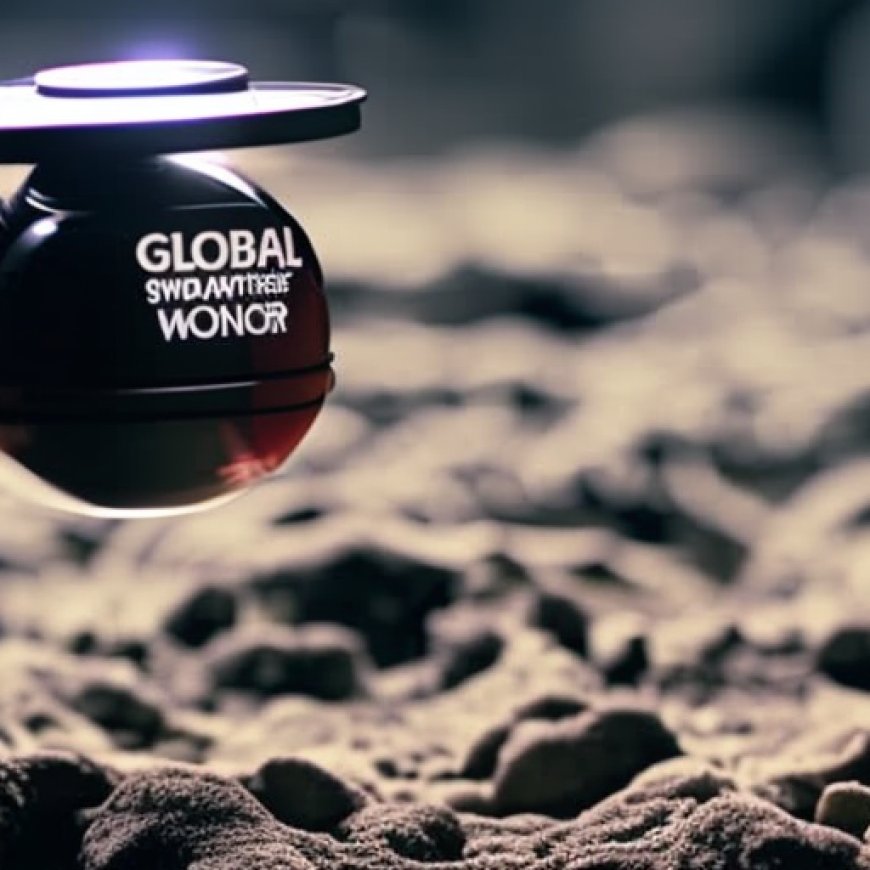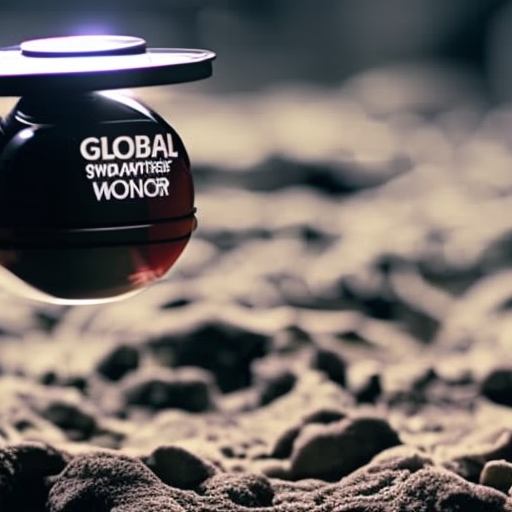Global water shortages are looming. Here is what can be done about them.
Water action UNEP


In the face of that, the United Nations Environment Assembly passed a resolution earlier this month that calls for countries to better manage aquatic ecosystems and strengthen their collaboration around water to support sustainable development. Drought resilience will also be a focus of World Environment Day 2024, hosted by Saudi Arabia.
“Solutions are within reach,” says Leticia Carvalho, Principal Coordinator of the Freshwater and Marine Ecosystems Branch at the United Nations Environment Programme (UNEP). “But we need innovative thinking, greater political commitment and collaboration, and increased financing so that when it comes to water, no one is left behind.”
World Water Day, on 22 March, will shine a spotlight on the global water crisis, which is being driven by a combination of factors, from climate change to leaky pipes. Ahead of that international observance, here is a look at seven things countries and individuals can do to stem water shortfalls.
-
Protect and restore natural spaces
The ecosystems that supply humanity with fresh water are disappearing at an alarming rate. Wetlands, peatlands, forested catchment areas, lakes, rivers and groundwater aquifers are falling victim to climate change, overexploitation and pollution. This is undermining their ability to provide communities with water. These natural spaces urgently need to be protected and those that have been degraded, revived through large-scale restoration. Countries would be well served to develop specific, measurable targets for this work. Nations would ideally weave those goals into national plans to counter climate change, protect biodiversity, and avoid drought and desertification. This work is especially important for securing water supplies for cities, many of which are suffering from water shortages.
-
Be more efficient with water, especially for farming
Agriculture accounts for some 70 per cent of all fresh water used globally. Adopting water-saving food production methods, such as hydroponics, drip irrigation and agroforestry, can help water reserves stretch further. Also helpful: encouraging people to switch to plant-based diets, which generally require less water than those based around meat. Beef, for example, is thought to have one of the biggest water footprints, requiring as much as 15,000 litres of water to produce a kilo of meat.
-
Deal with water leaks
Being efficient also means reducing the amount of water lost through leaky municipal infrastructure and building piping. There are no global data for the amount of water lost this way but national numbers suggest the total is massive. In the United States of America alone, household leaks waste nearly 1 trillion gallons of water per year.
SDGs, Targets, and Indicators
| SDGs | Targets | Indicators |
|---|---|---|
SDG 6: Clean Water and Sanitation |
|
|
SDG 13: Climate Action |
|
|
SDG 15: Life on Land |
|
|
1. Which SDGs are addressed or connected to the issues highlighted in the article?
The issues highlighted in the article are connected to SDG 6: Clean Water and Sanitation, SDG 13: Climate Action, and SDG 15: Life on Land.
2. What specific targets under those SDGs can be identified based on the article’s content?
Based on the article’s content, the specific targets that can be identified are:
– Target 6.4: By 2030, substantially increase water-use efficiency across all sectors and ensure sustainable withdrawals and supply of freshwater to address water scarcity and substantially reduce the number of people suffering from water scarcity.
– Target 6.6: By 2020, protect and restore water-related ecosystems, including mountains, forests, wetlands, rivers, aquifers, and lakes.
– Target 13.1: Strengthen resilience and adaptive capacity to climate-related hazards and natural disasters in all countries.
– Target 15.1: By 2020, ensure the conservation, restoration, and sustainable use of terrestrial and inland freshwater ecosystems and their services.
3. Are there any indicators mentioned or implied in the article that can be used to measure progress towards the identified targets?
The article mentions two indicators that can be used to measure progress towards the identified targets:
– Indicator 6.4.1: Change in water-use efficiency over time.
– Indicator 6.6.1: Change in the extent of water-related ecosystems over time.
These indicators can help track improvements in water-use efficiency and the extent of protected and restored water-related ecosystems.
4. SDGs, Targets, and Indicators
| SDGs | Targets | Indicators |
|---|---|---|
SDG 6: Clean Water and Sanitation |
|
|
SDG 13: Climate Action |
|
|
SDG 15: Life on Land |
|
|
Behold! This splendid article springs forth from the wellspring of knowledge, shaped by a wondrous proprietary AI technology that delved into a vast ocean of data, illuminating the path towards the Sustainable Development Goals. Remember that all rights are reserved by SDG Investors LLC, empowering us to champion progress together.
Source: unep.org

Join us, as fellow seekers of change, on a transformative journey at https://sdgtalks.ai/welcome, where you can become a member and actively contribute to shaping a brighter future.







